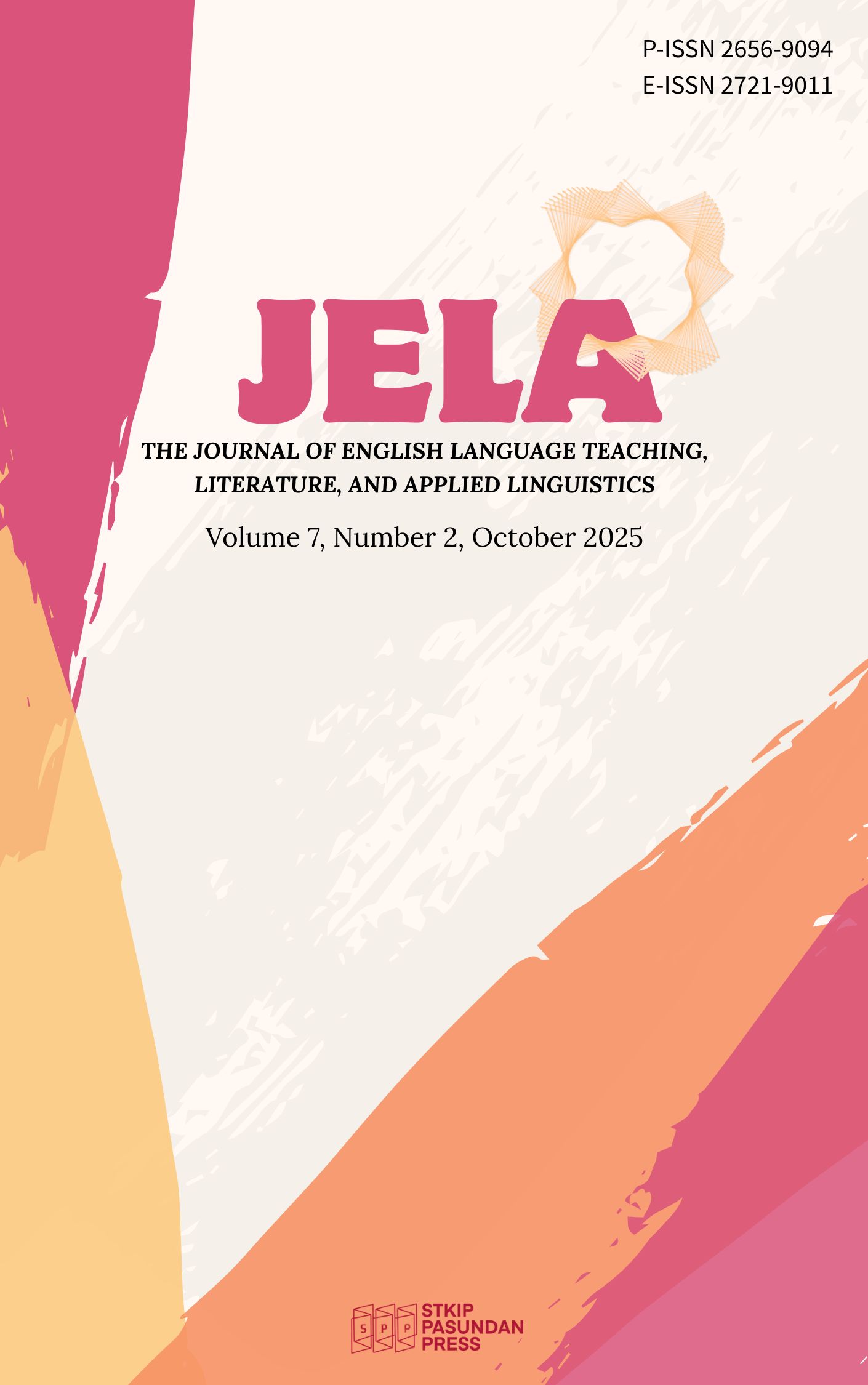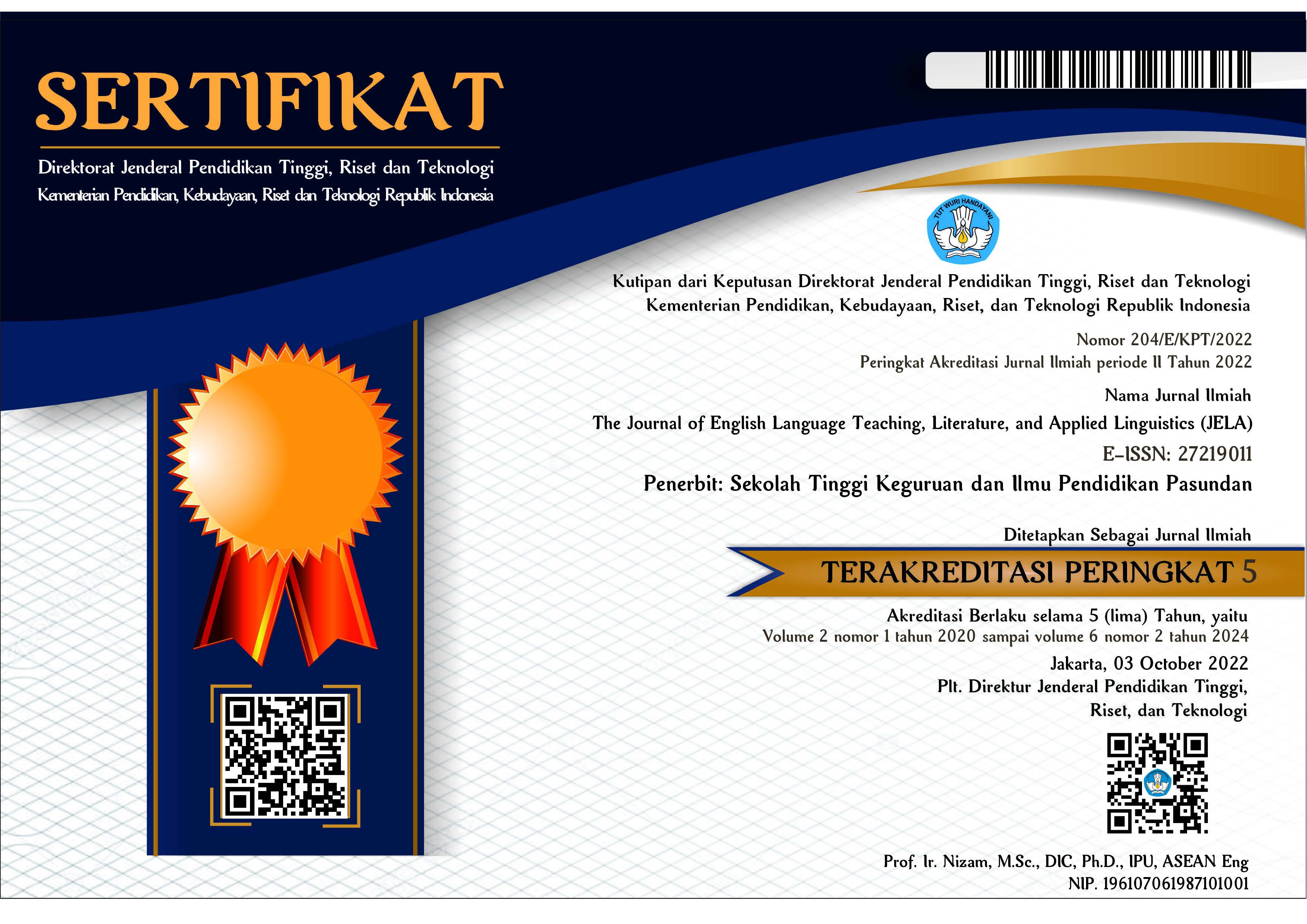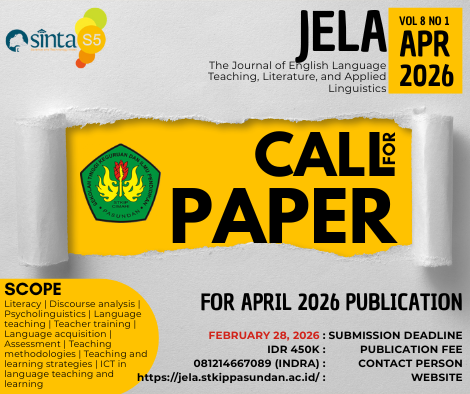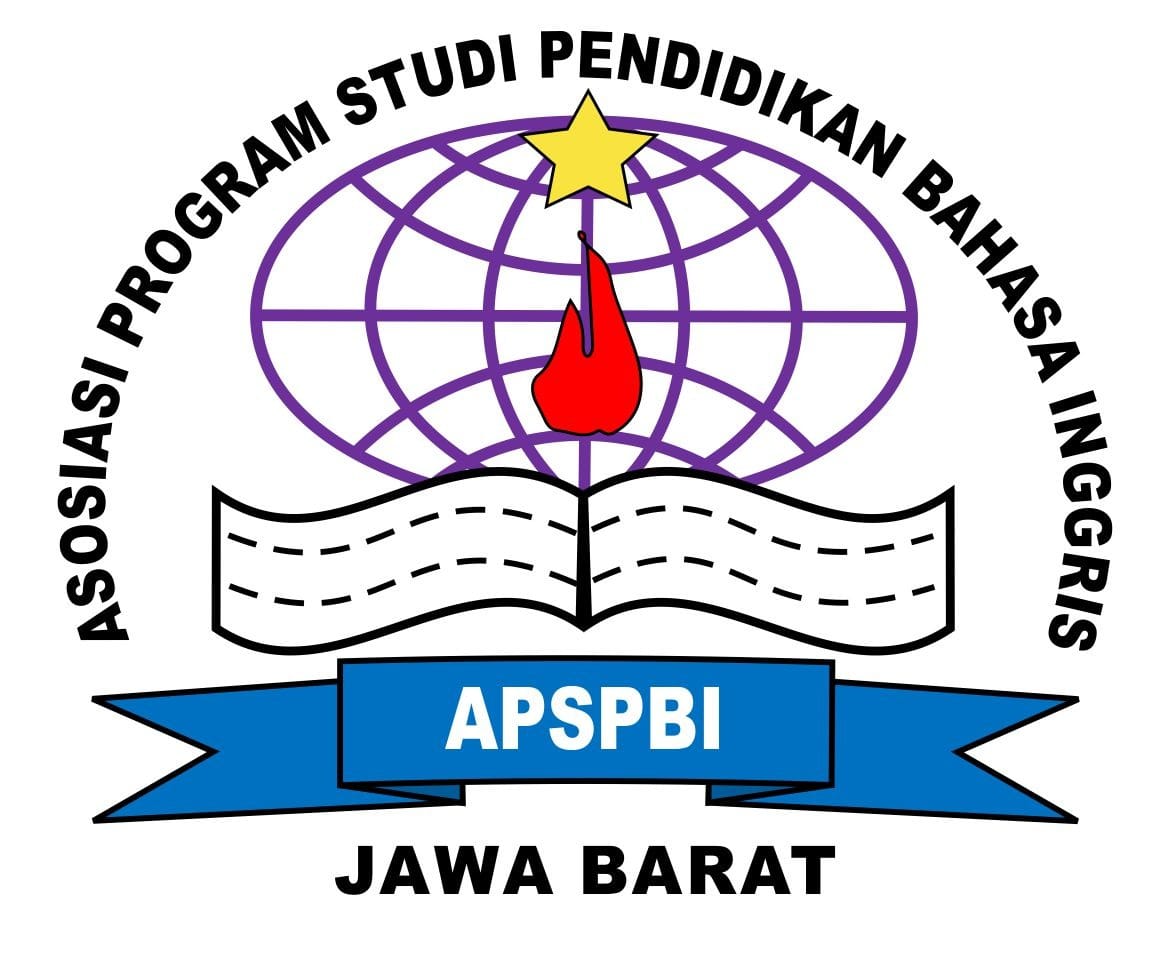UNDERSTANDING SPEECH ACTS IN ADOLESCENTS WITH ASD: A PATHWAY TO ENHANCE INTERACTION
DOI:
https://doi.org/10.37742/jela.v7i2.146Keywords:
speech acts, Autistic Spectrum Disorder, verbal communication, social and communication disorder, Autistic spectrum disorder, social and communication disorder, verbal communicationAbstract
Communication is a cornerstone of human interaction, yet adolescents with Autism Spectrum Disorders (ASD) often face significant challenges in pragmatic language use, including speech acts. These challenges hinder their ability to express thoughts, fulfil requests, and engage socially, thus affecting their overall quality of life. This study investigates the types of speech acts employed by adolescents with ASD, focusing on their use of directives, expressives, assertives, and commissive as categorized by Searle and analyzes the functional purpose of these acts based on Leech’s framework. Using an observational methodology, data were collected from verbal interactions in structured and naturalistic settings, capturing authentic communicative behaviors. The findings revealed a dominance of directive speech acts, followed by expressive, assertive, and commissive acts. This pattern reflects the participants’ emphasis on requesting actions and expressing immediate needs, which aligns with their developmental priorities in communication. Despite these strengths, limitations in more complex and varied speech acts were noted, suggesting gaps in pragmatic competence. The study underscores the importance of targeted interventions to enhance the communicative competence of adolescents with ASD. By focusing on the functional and situational use of speech acts, therapists and educators can develop modules that not only build pragmatic skills but also foster social integration and personal autonomy. This research contributes to the growing body of literature on ASD and pragmatic language development, offering practical implications for therapy, education, and parental support.










